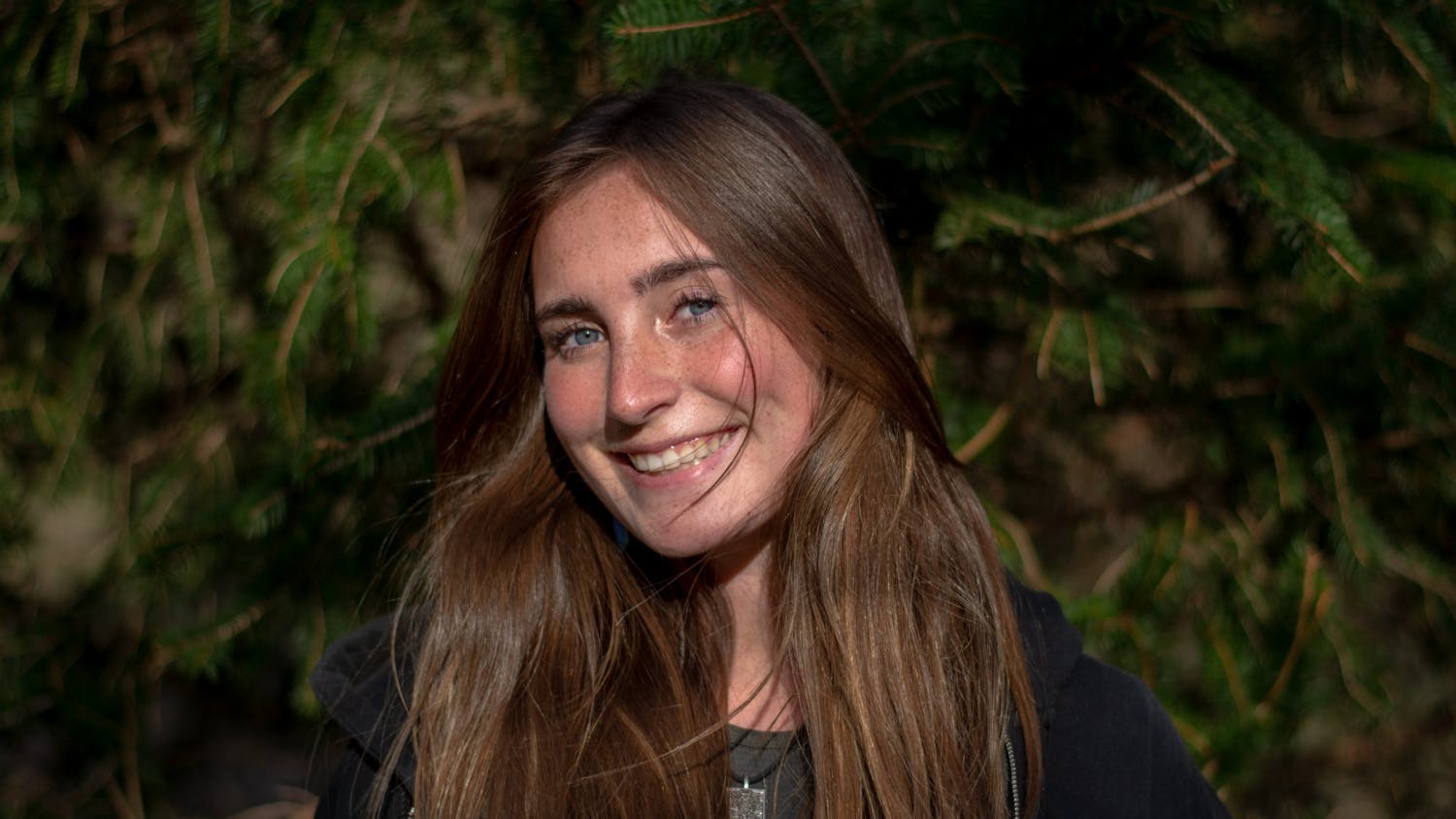Some of the most conducive environments for learning are festivals, parades and artistic performances. There is a community of shared interests that bring multitudinous and diverse crowds together for common purposes, such as experience and appreciation of the arts. Each individual could benefit from new connections and friendships, learn new things about different cultures, which expands his or her intellectual and cultural awareness, and most importantly, experience the music and dance demonstrated in that shared space. There are annual music and dance festivals all over the North America, but I’ve decided to focus in on Bonnaroo Music and Arts Festival, the Caribbean Carnival and the Puerto Rican Day Parade.
Bonnaroo is an annual four-day, multi-stage music festival held on a 700 acre farm in Manchester, Tennessee. The word, Bonnaroo, popularized by New Orleans R&B singer Dr. John with his 1974 album “Desitively Bonnaroo,” is a Cajun slang word meaning, "a really good time." Since its inception in 2002, Bonnaroo has become incredibly popular with a diverse list of performers from almost every genre: Kanye West, Elton John, Artic Monkeys, Lionel Richie, Wiz Khalifa, Zedd, Damian “Jr. Gong” Marley and Jack White are just a taste of the hundreds of artists who have graced the Bonnaroo stages. Although four-day ticket prices range from $200-$300, it never stops the booming, energetic, eager and excited crowd from attending the festival. It’s definitely worth the money.
The Caribbean Carnival is an annual Caribbean-style parade and festival that encourages cross-culturalism and raises awareness to cultural diversity. The festival places a great importance on Caribbean arts and crafts. The parade has become a major summer event and has expanded greatly over a 20-year period. Frequently, 30 participating groups represent the Caribbean, Latin America and the Diaspora in colorful costumes that portray different themes while dancing to the sounds of Calypso, Soca, Reggae, African, Haitian, Latin and Steel band music. During my junior year of high school, I went to the Caribbean parade in Washington, D.C. A variety of countries were represented, including Jamaica, Puerto Rico, Trinidad & Tobago, among others. I met a lot of people, ate delicious Jamaican food, and felt a sensation of community collectiveness even though I am not from the Caribbean, Latin America or Diaspora. It was awesome with good music, good dancing and good vibes.
The Puerto Rican Day Parade is an annual nationalistic celebration for those of Puerto Rican heritage, occurring in several cities throughout the U.S., with New York City’s parade being one of the largest. Originating in 1958 in Spanish Harlem in New York, the parade has vastly expanded and influenced many, especially those who aren’t of Puerto Rican descent. For the New York City parade, more than 80,000 people march, and almost 3 million revelers help line the parade route. It’s a great opportunity to join in the Puerto Rican love fest.
Music is so much more than what you hear, and dance is so much more than what you see. It’s about what you learn, what you feel, and how you apply it to your life, and these music and arts festivals are a great way to learn about the music, dance and new cultures.
Juannie Williams is senior studying English and Spanish. Email her jw206410@ohio.edu.





